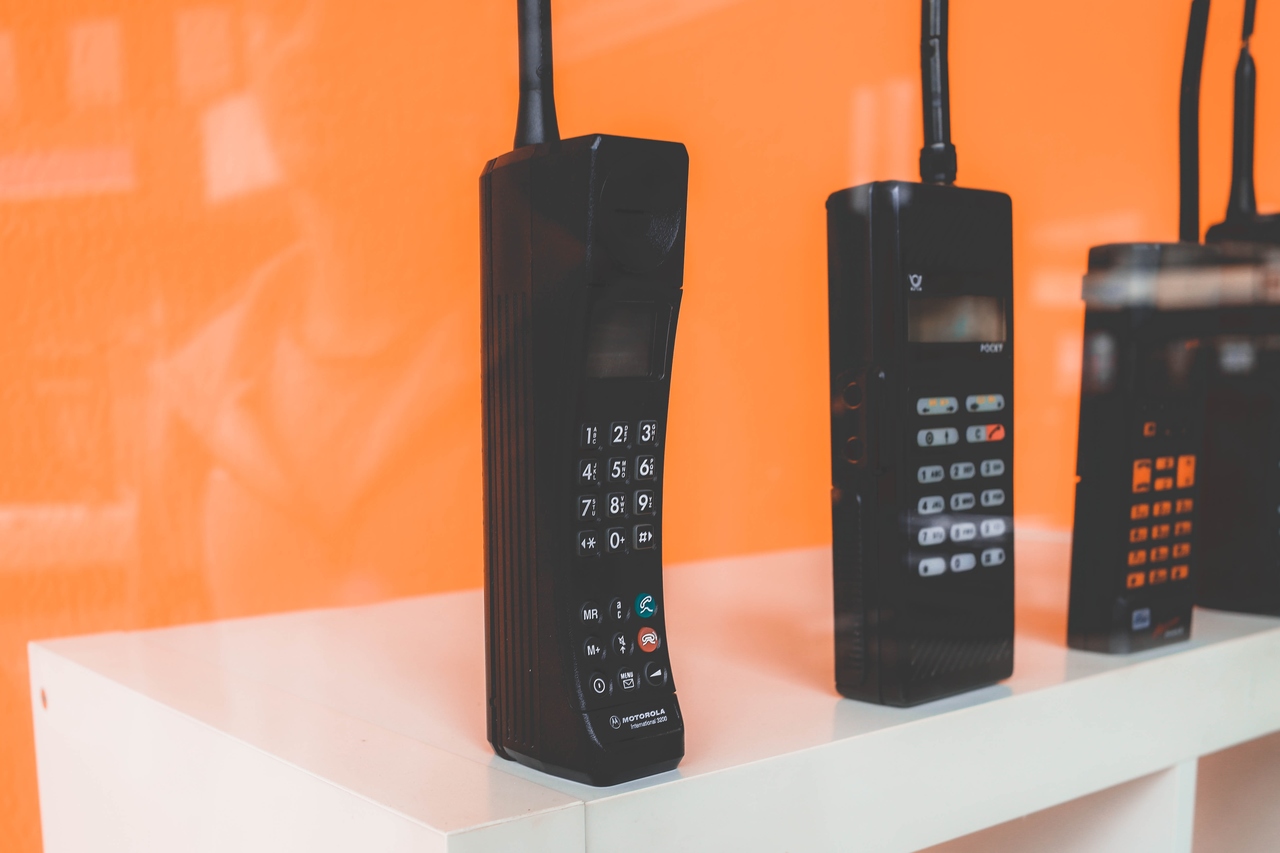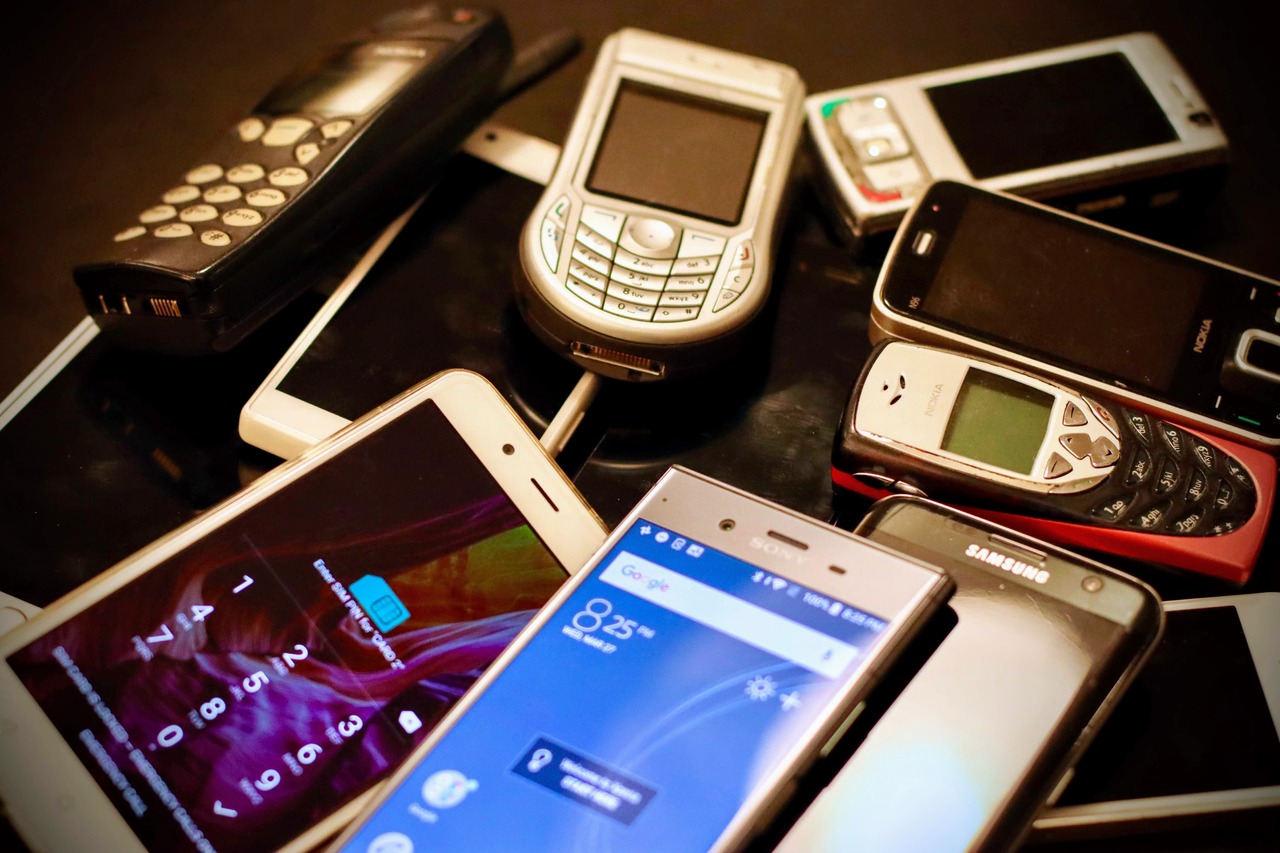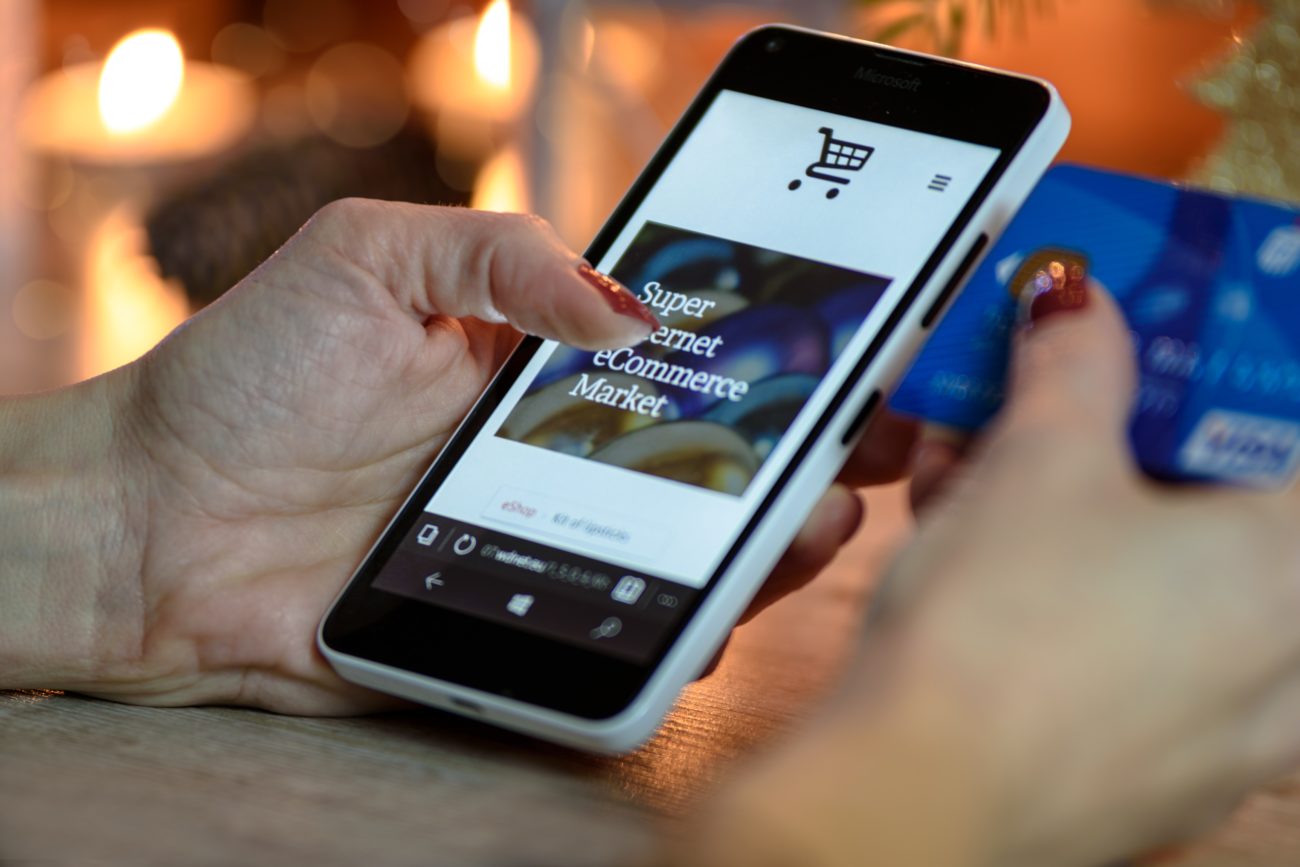A mobile device is a broad term. Its definition has changed over the years – from radiotelephones “tied” to vehicles in the 1920s, to mobile phones, PDAs and laptops to “smart” devices. In this article, we will go through the oldest and more modern mobile devices, and you will learn from it how the world has come through a vast technical revolution in less than 100 years. It led us not only to keep the phone in our pockets but actually the camera, calendar, computer, and a lot of other equipment in a small package.
The beginnings of (not entirely) mobile communication – radiotelephones in vehicles
The German Reichsbahn is the first commercially used and realistically felt success in this field. The company enabled first-class passengers to use radiotelephones on trains between Berlin and Hamburg. It was a real hit, enabling conversations over long distances during the journey.
Something that now seems natural (remember the annoyance when you suddenly lose range? After all, it should be everywhere!), was then an undoubted breakthrough. I’m curious how many passengers bought tickets for this train just to try the phone there. Of course, as of often happened before, this solution had its roots in military structures. 8 years earlier – in 1918, the phones were tested in German military trains between Zossen and Berlin.
After the undoubted technological success in Germany, it was the United States of America and the year ’46, when car-mounted radiotelephones first appeared. At this stage, the solution had two main problems – firstly, the area in which it operated and secondly, a limited number of frequencies, which, combined with unencrypted calls, allowed every radio owner to listen to other people’s calls. Conducting several conversations on one frequency at the same time made each one very difficult.
The solution was, unfortunately, not widely available. This changed after about ten years when a network for private vehicles was set up in Sweden between Stockholm and Gothenburg, and more than a hundred customers were using it. At the time, it was an outstanding result, which further strengthened the engineers’ conviction that comfortable, commercial long-distance communication is a future worth investing in and is already within reach of their minds and available technologies.
First truly mobile phone and first mobile networks
Until the 1970s, the mobility of telephones was limited to the locations of the vehicles to which they were connected. However, in 1973, a Motorola employee, Martin Cooper, created a prototype of a truly mobile phone (in terms of its portability, because the weight of over a kilo with today’s devices was definitely not mobile). He called Joel Engel, a competitor at Bell Labs. It was 1973 that we can consider the beginning of true mobile telephony and a milestone in technological progress. After ten years of research, a phone called Motorola DynaTAC 8000X went on sale in 1983, costing a ridiculous $4000.
Of course, mobile (cellular) telephony wouldn’t make sense without a mobile network. The first country to launch a commercial network was Japan in 1979, followed by the Scandinavian countries in 1981, the United Kingdom, and the United States. This network is called the 1G network.

The beginning of a new era of communication
The 1990s were the real beginning of the race to develop mobile devices. Literally, every year there were breakthroughs. 1991 brought the 2G network, which in addition to making voice calls, made it possible to send text, pictures, and MMS messages.
In my opinion, this was one of the most groundbreaking stages in the development of mobile telephony. Neil Papworth was the first one to use the SMS option in 1992, sending Christmas wishes to Vodafone’s director Richard Orbitel.
The Motorola MicroTAC 9800X and Nokia phones, including the Nokia 6610 based on a processor from the ARM family with the cult game “Snake” and the Nokia 7710 for easy use of the Internet, were breakthrough in this period. Besides, there was the Siemens S10, on sale since 1998, being the first phone with a color screen.
More to life than just phone – the story of the second precursor of modern mobile devices
When analyzing the revolution of mobile devices, one cannot forget about the latter, next to mobile phones, parents of “smart devices”. Hardly anyone remembers it today, but it is its functionalities that have made mainly today’s phones “smart”. I mean PDAs, of course.
The history of the device dates back to 1984, when the Psion company released Psion Organiser I, with a one-line display. Thanks to its small size (142 × 78 × 29.3 mm) and weight (225 grams), it was a hit from today’s perspective (its heart was the Hitachi 6301 processor) and was called “the first practical pocket computer”.
Also, it was characterized by things like removable data carriers (which had the disadvantage that they could not be overwritten) and calculator and watch functions. In 1993 Apple created a touch screen palmtop. The acronym PDA (Personal Data Assistant) used by Apple CEO John Sculley became a popular term for the entire product category. As we already know, this was not the last time that Apple influenced technological trends.
Another breakthrough in PDA development came in 1994 and the premiere of IBM Simon, which in a few months, sold 50 thousand units. Looking at the number of units sold, the ability to make phone calls was enough to call it a real success, even though the battery lasted only an hour.
In my opinion, this very device can be called a smartphone precursor – it combined the functions of a phone with those of a smartphone, such as browsing the Internet or receiving and sending emails.
The following years brought more models from different manufacturers, but it was IBM’s product that brought this significant breakthrough in combining “smart features” with phone functions.
Transformation of phones in the early 21st century
The industry giants have entered the new millennium with power. Let’s start with the premiere of probably the most cult phone in history, Nokia 3310, which sold over 126 million copies. Besides, the Japanese (unfortunately local by the time) premiere of Sharp J-SH04, the first phone with a camera, and the entry into the market of BlackBerry, which in the following years took an essential place among the big phone manufacturers.
The following years brought more and more devices that have been distinguished in the history. These included the first full-color screen phone (2001), the first European phone with a built-in camera – Nokia 7650 and the first phone of one of the largest manufacturers nowadays, Samsung – SGH-T100 (2002) and Nokia 1100 which was released in 2003 and has been sold over 200 million. The year 2004 brought another well-selling phone – Motorola Razr V3m – between 2004 and 2006 sold in 130 million copies.
At this point, it is worth mentioning one more phone based on Symbian – Nokia N95 called by some people the first actual smartphone. It was announced in September 2006 and premiered about half a year later, in March 2007. It was characterized by, among others, a great (5MPx) camera, a touch screen, a sliding keyboard with additional physical buttons to operate the music player. In addition, the phone supported functions such as accelerometer and Internet support (built-in wi-fi + cellular network module), Bluetooth and GPS.
With this aspect, we can end the era before the most significant mobile operating systems. In the next article, which will soon appear on our blog, we will move on to the events that have polished the current situation. We’ll go from the first phones with Android, iOS, and the no longer existing Windows Phone, to last year and premiere the latest solutions.









